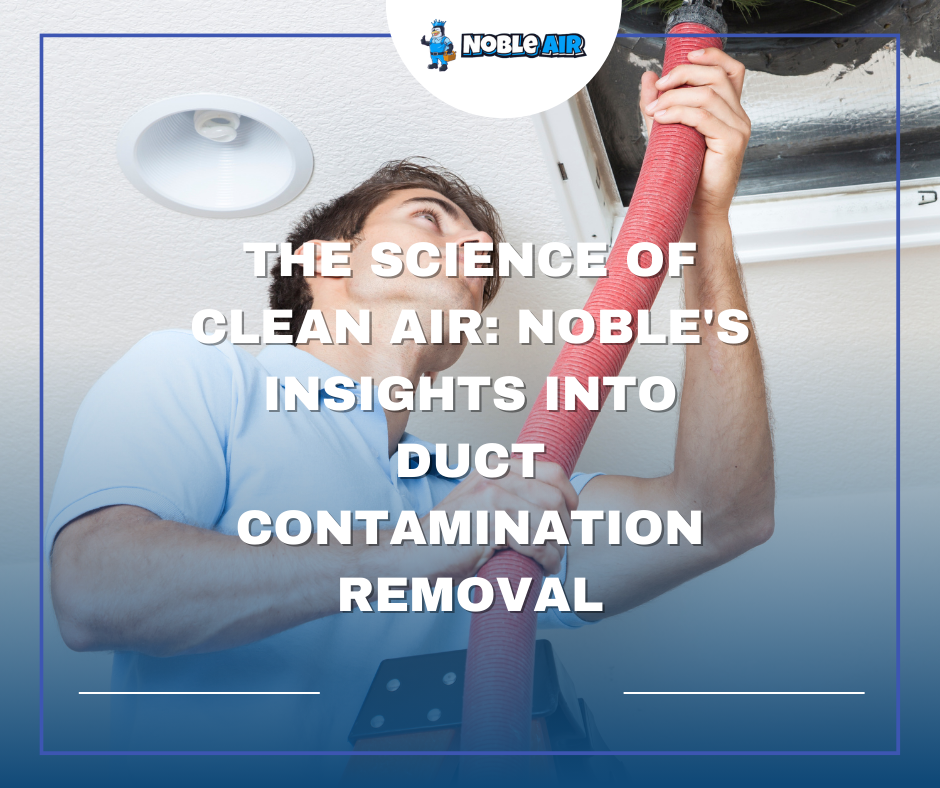Indoor air quality, a critical component of human health and well-being, has attracted significant attention in the scientific community. This focus is primarily due to an increased understanding of the potential health implications linked with poor indoor air quality.
Amongst various factors contributing to indoor air pollution, duct contamination emerges as a significant player. With continuous exposure to contaminated air circulating within enclosed spaces, a multitude of health challenges may manifest; these range from minor allergic reactions to severe respiratory disorders.
Delving deeper into this issue, the article aims at presenting insights drawn from Noble’s extensive research on duct contamination removal. The exploration focuses on comprehending the science behind clean air and delineating effective strategies for maintaining optimal indoor air quality through proficient air duct cleaning processes.
By evaluating Noble’s innovative approach towards understanding and addressing this pressing concern, it intends to equip readers with knowledge that not only resonates with their desire for healthier living environments but also fosters a sense of belonging by echoing their shared concerns about indoor pollution and its impact on health.
Understanding Indoor Air Quality and its Impact on Health
The profound impact of indoor air quality on human health is so remarkable that it can be likened to an unseen force shaping the course of our physical well-being, with every breath we take potentially laden with contaminants if not properly managed.
As a result, understanding and maintaining good indoor air quality has become increasingly crucial in preserving overall health.
Numerous pollution sources contribute to poor indoor air quality—such sources range from outdoor pollutants seeping into homes through ventilation systems, volatile organic compounds (VOCs) emitted by various household products, dust mites, pet dander, mould spores, tobacco smoke to gas fumes released from stoves or heaters.
These pollutants are particularly hazardous as they can serve as allergy triggers for individuals susceptible to respiratory conditions.
In addition to these common pollutants; duct contamination within HVAC (heating, ventilation and air conditioning) systems also plays a significant role in degrading indoor air quality.
When not cleaned regularly or adequately maintained, these ducts can accumulate significant amounts of dust particles and other pollutants which then get circulated throughout the living spaces when the system is in operation.
This occurrence underscores the importance of regular duct cleaning and maintenance in ensuring clean air circulation within confined spaces.
In conclusion, strategies aimed at improving indoor air quality must incorporate both mitigation measures against common pollution sources and regular removal of duct contaminations for comprehensive control over allergy triggers within the interior environment.
READ MORE:
Savings Beyond Energy: How Noble Air Duct Cleaning Can Lower Your Bills

